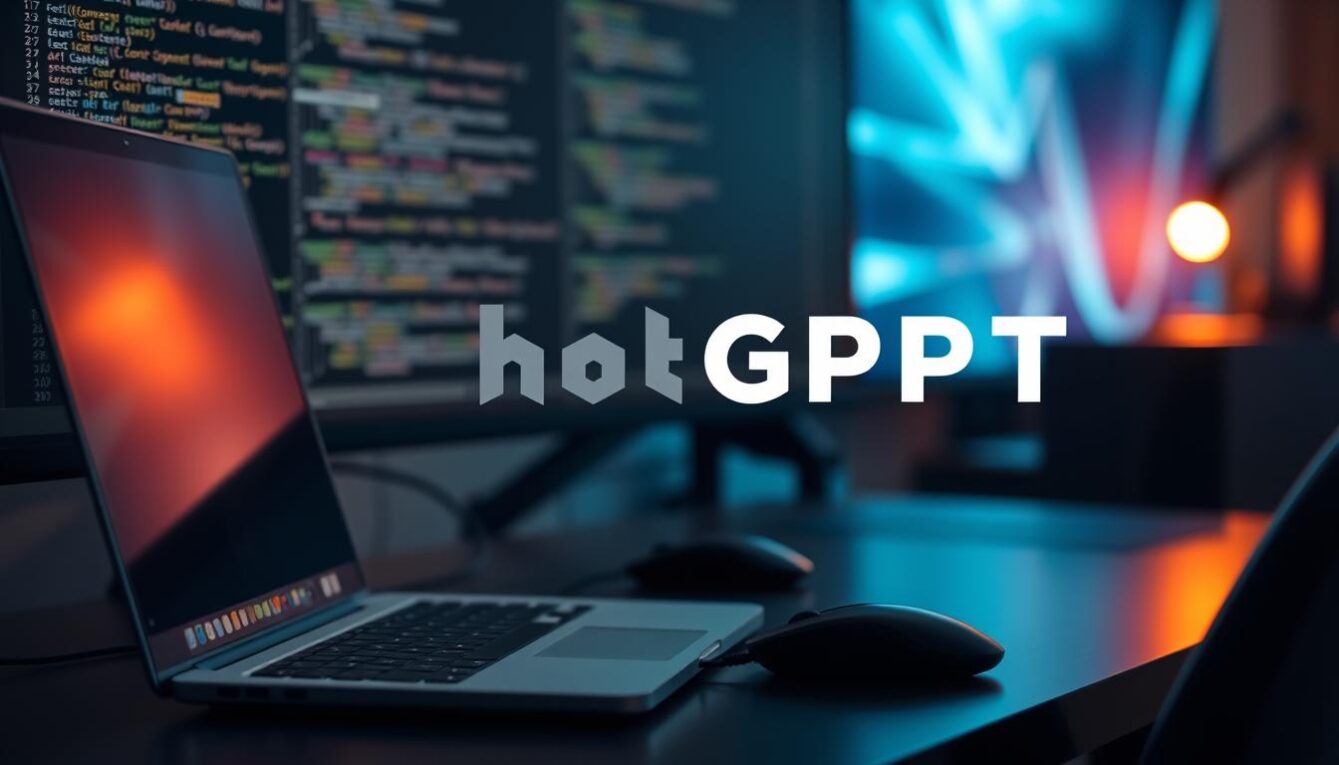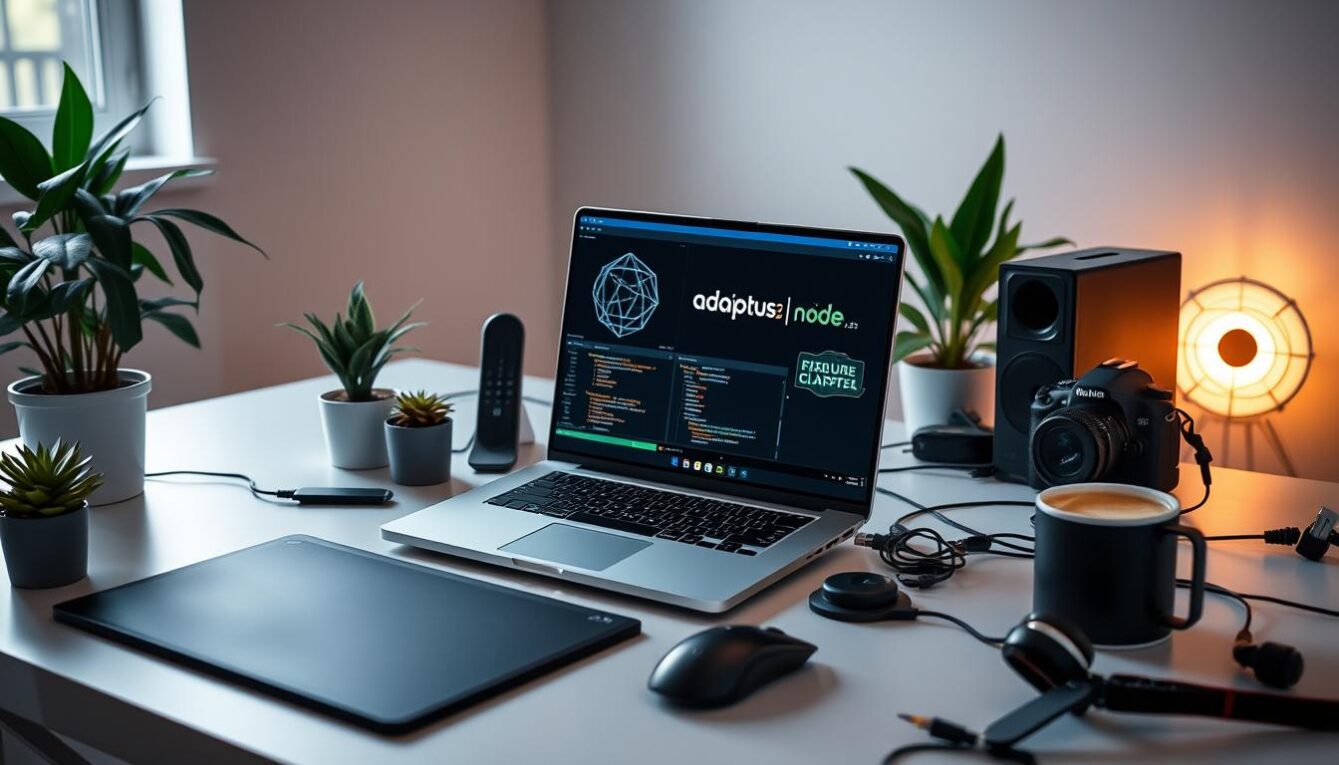The Science of SaaS Pricing: How to Optimize Your Revenue
Are you struggling to find the right pricing strategy for your SaaS product? You’re not alone. Many companies face the same dilemma when it comes to setting their prices. However, you can optimize your revenue and keep your customers happy with the right approach. In this article, we’ll explore the science of SaaS pricing and provide tips on getting it right.
1. The SaaS Pricing Puzzle: Solving for Success
Pricing your SaaS product can be a complex puzzle. On the one hand, you want to ensure your prices are competitive and affordable for your target market. On the other hand, you need to ensure that your pricing is profitable and sustainable for your business. To solve this puzzle, you must consider factors such as your customer base, competition, costs, and revenue goals.
2. The Psychology of Pricing: How to Influence Customer Behavior
Pricing is not just about numbers; it’s also about psychology. People make buying decisions based on emotions and perceptions, not just rational analysis. Therefore, it’s essential to understand the psychological factors that influence customer behavior when it comes to pricing. For example, anchoring, social proof, and loss aversion can all impact how customers perceive your prices and whether they are willing to pay for your product.
3. The Power of Data: Using Analytics to Improve Your Pricing Strategy
Data is your best friend when it comes to pricing your SaaS product. You can gain valuable insights into optimizing your pricing strategy by analyzing customer behavior, market trends, and revenue streams. For example, you can use A/B testing to compare pricing options and see which performs better. You can also use data to identify customer segments and tailor your pricing to their needs.
4. The Art of Bundling: Maximizing Your Revenue with Package Deals
Bundling is a robust pricing strategy that can help you increase your revenue while providing added value to your customers. By combining multiple products or services into a package deal, you can offer a more comprehensive solution that meets your customers’ needs. Bundling can also help you upsell and cross-sell your products, increasing your average revenue per user (ARPU).
5. The Importance of Flexibility: Adapting Your Pricing to Meet Changing Market Demands
Pricing is not a one-size-fits-all approach. Your pricing strategy must be flexible enough to adapt to changing market demands, customer feedback, and industry trends. For example, if your customers are unwilling to pay for a particular feature, you may need to adjust your pricing accordingly. Similarly, if you face competition from new entrants in the market, you may need to revisit your pricing strategy to remain competitive.
6. The Final Frontier: Navigating the Challenges of SaaS Pricing in a Global Market
Pricing your SaaS product in a global market comes with its own set of challenges. When setting your prices, you need to consider factors such as currency exchange rates, local taxes, and cultural differences. To navigate these challenges, you may need to work with local partners or hire experts who understand the local market. You may also need to adapt your pricing to meet the needs of different regions and customer segments.
Pricing your SaaS product can be daunting, but it doesn’t have to be. By following the science of SaaS pricing and considering factors such as psychology, data, bundling, flexibility, and global markets, you can optimize your revenue and keep your customers happy. Constantly monitor your data and customer feedback, and be willing to adapt your pricing strategy as needed. With the right approach, you can solve the pricing puzzle and succeed in the SaaS world.










